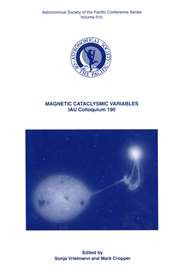Crossref Citations
This article has been cited by the following publications. This list is generated based on data provided by Crossref.
Jenniskens, P.
2014.
On the dynamics of meteoroid streams.
Earth, Planets and Space,
Vol. 50,
Issue. 6-7,
p.
555.

